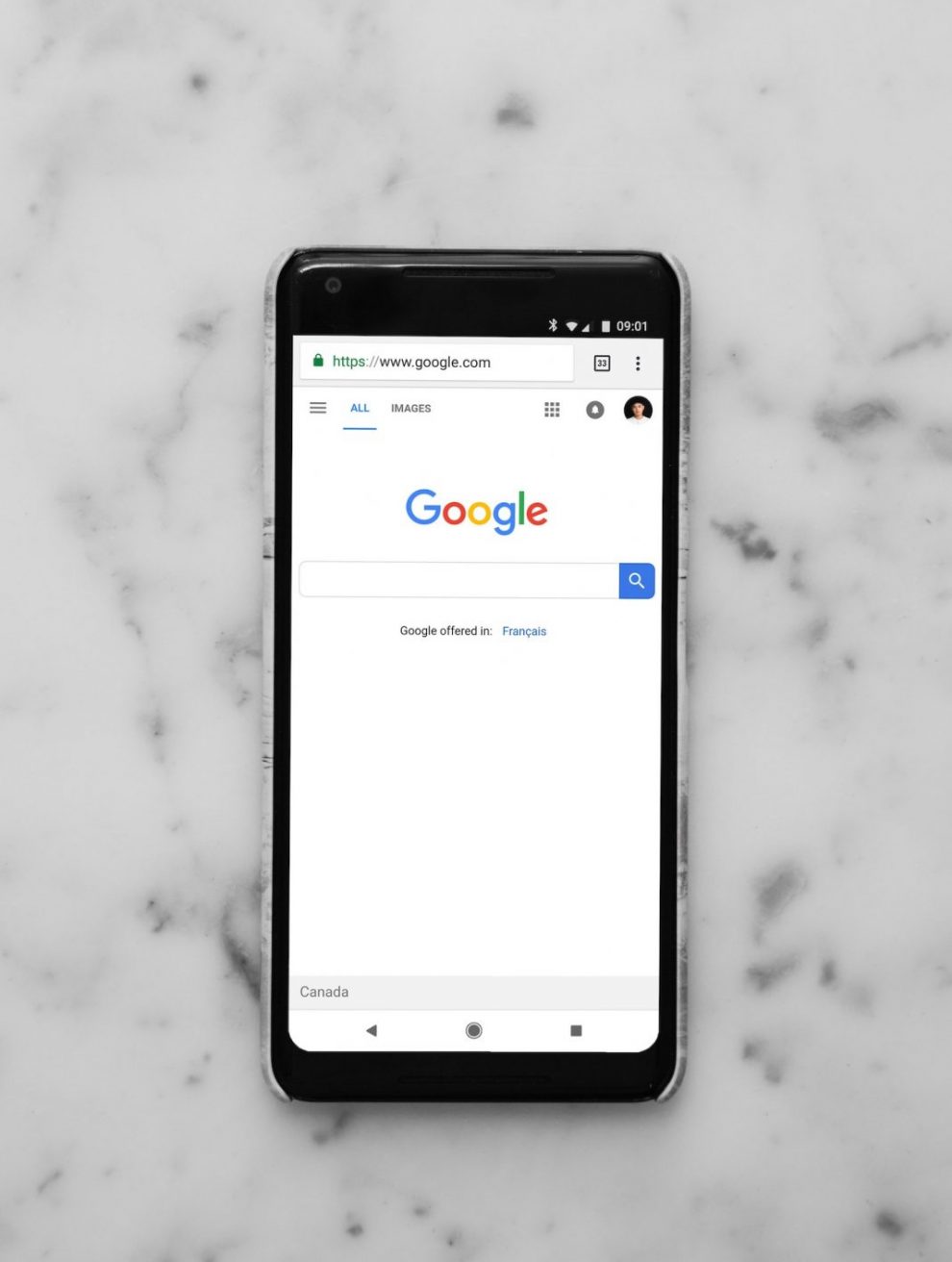Search Engine Optimization (SEO) is something that every modern business is likely to have come across. It’s key to improving a website’s visibility online and thus boosting traffic to that site. As such, businesses with an online presence need to pay attention to SEO. They need to ensure they’re getting the most out of it.
In general, SEO is a long game. Sites need to follow best practices and keep engaged with their SEO efforts over time. That’s the best way to ensure that the Search Engine Results Page (SERP) rankings, and as a result of web traffic, will keep increasing.
While SEO is difficult, with the right approach it’s possible to deliver results faster. The following are seven of the best SEO quick fixes, which are sure to help boost your traffic.
1. Find and Fix Broken Links
It’s bad news all round if your site contains broken links. You don’t want links that when clicked lead to a 404 error. These are unpopular with site users and Google alike. Having those links means your site doesn’t deliver the level of user experience it should. This will impact the user experience. When people don’t get the result they are after they are more likely to leave your site. Google recognizes this and is liable to punish you with a hit to your SERP rankings if you have too many broken links.
Finding and fixing broken links is fortunately quite easy. There is a range of Google analytics tools that can help you find, and fix, problems like these. Alternatively, you could use Google Search Console or another SEO crawler, like Screaming Frog, to solve the problem. Either of those tools will flag up all the links on your site which are generating 404 errors.
You can then get to fixing those links. That might mean a simple edit to ensure they point to a working URL. It may involve using a 301 redirect to channel traffic from the link to a different page.
2. Optimize Your Structured Data
Structured data is a collection of data values that appear in the search results. The most common type of structured data, which you are sure to recognize, are rating stars. You can use structured data as a way of presenting information on your website. This might include things like reviews, product details, tabular data and more.
If you use structured data in the right way, your pages can get helpful rich snippets on a Google SERP. These are the search enhancements that help your page stand out from the crowd. Having such enhancements can help your Click Through Rates (CTR). This can dramatically boost the amount of traffic a page gets.
The best way to optimize your structured data is by following the instructions you’ll find at Schema.org. It’s a kind of rulebook for structured data that Google recommends people using.
3. Update and Improve Content
Most of the website traffic you get will come as a result of the content that you produce. Of course, the first time you create content it might not have been optimized for SEO. This is the case for a lot of websites that have been around for a few years. Sydney SEO specialist Liam R says that updating and improving old content can have a big impact on your SERP rankings and thus your organic traffic.
What you need to do is to ensure that your existing pages are following SEO best practices. That means making sure that your content is as good as it can be, especially when compared to the competition. It also means checking that the target keywords are used in an effective and natural manner in addition to ensuring that title tags, descriptions and other metadata are properly optimized.
4. Get Mobile-Friendly
It’s no secret that Google’s algorithms now take into account how mobile-friendly a site is when ranking it. That’s because mobile devices are now many people’s first choice for web use. You can’t perform well in Google rankings unless your site is mobile-optimized.
When looking to make your site mobile-friendly, there are several things to consider. These include the possibility of paring back features like videos and animations. You might also want to implement AMP versions of your pages and ensure load speed on mobile devices by choosing the fastest web hosting provider.
5. Fix Issues With Duplicate Content & Keyword Cannibalization
Google doesn’t respond well to duplicate content. If your site has multiple pages with the same content Google will choose one to rank and ignore the other. This can be a problem for sites. A far more common issue though is when multiple pages competing for the same keyword. Keyword cannibalization is when you have several pages all targeting the same keyword. It will hurt rather than help your SEO and should be avoided.
In this case, Google is again unsure which piece of content should rank, which often means both pieces of content rank poorly. That’s not good for your SEO, especially if the search engine chooses a page that you’d rather they didn’t.
You need to try to keep duplicate content, and content that targets the same keyword, to an absolute minimum. If you do have duplicate content, make sure to use canonical tags or 301 redirects to point Google to the right page that you want to rank.
6. Improve Your Internal Anchor Text
Anchor text is the text that you use to link to your content, which site visitors read and can click on. Google uses anchor text in part as a way of identifying the quality of the content. The theory goes that the more links a piece of content has, especially from authoritative sites, the better the content. Search engines also use the anchor text to figure out what your content is about. Gain backlink submit a guest post at the relevant website.
Improving your anchor text makes this list of SEO quick fixes. Rather than generic terms like ‘click here’, you want your anchor text to be specific to the keywords you want to rank for. Make it relevant to the content it links to and you’ll be helping Google crawlers as well as site visitors.
However, don’t over-optimize the keywords. For example, if the same anchor text is used all of the same time for a page it looks strange. It creates the impression that you are trying too hard to rank for a keyword. This can actually harm the chances of your content ranking.
7. Perform an SEO Audit
Okay, so calling a comprehensive audit an SEO quick fix might be a bit of a stretch. It will, of course. take a fair amount of time and effort to review your site and identify problems. It’s worth it, though, because of how many of our other fixes it can make much easier.
An SEO audit is what will tell you where your biggest SEO weaknesses lie. It will help you work out whether you’re better off focusing on optimizing structured data or fixing broken links. That can be key to making the best possible use of the limited time available to you.








Add Comment